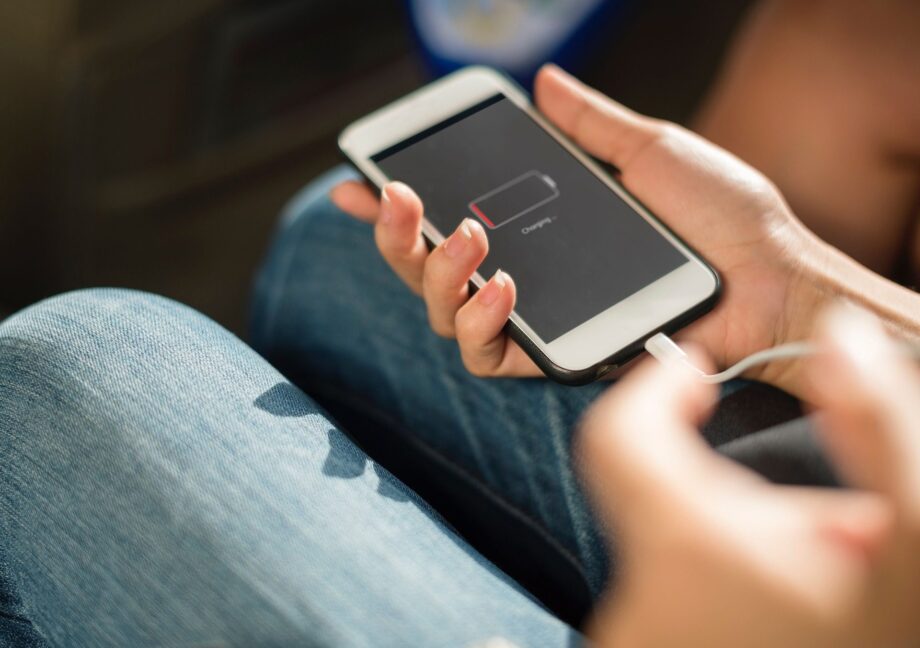When there is too much sun, solar panels fail en masse, reports the AD based on data from Dutch grid operators. Some 75,000 households are often unable to feed back their generated solar power. The grid voltage in the residential area then rises so high that the safety system switches off the solar panels.
Solar panels have become increasingly popular over the past five years. For instance, one and a half million households signed up with grid operators to be able to feed back excess generated power. For this reason, Dutch grid operators predict an increase in the number of households with failing solar panels in the coming years. Already, about five per cent of solar panel owners suffer from outages due to excessive grid voltage. With more panels in the neighbourhood, this percentage will grow.
How does it work?
Unused solar power is sold through the meter box to the energy supplier. When there is a large surplus of power, the mains voltage in the neighbourhood runs high. The inverters, which convert the power into usable electricity, fail in the process until the voltage drops again. These inverters are legally limited to 253 volts.
The voltage on the inverters drops again the moment the sun shines before the clouds. The period when the yield of the panels is highest is logically the one when the sun shines directly on the panels. Owners miss out on a lot of yield because of this. Last year, 75,000 households missed out on €1.5 million because they were unable to feed back for an average of 11 hours.
Whose solar panels are knocking off?
‘Who bears the brunt of an outage is impossible to predict, according to the grid operators. Households closer to a transformer house or with more than 15 solar panels are slightly less at risk. In the latter case, the power may be distributed to their ‘3-phase inverter’.
Troubleshooting
To better identify the problems, grid operators are in discussions with the Personal Data Authority to be allowed to read the voltage in the meter box. Maarten de Jong, employed by Enexis and chairman of a national working group against the problem, explains that this will allow them to work more specifically on a solution. ‘It offers no guarantee; if nothing is wrong now, it could be when more solar panels are added in the neighbourhood. You can put solar panels on your roof quickly, but reinforcing the electricity grid is much slower.’
According to De Jong, the only solution is to lay thicker cables in the ground. That would require breaking up a third of all streets in the next 10 years. ‘Or we have to accept that we generate a few percent less electricity with the panels than we could. The payback period of the panels might then become a few months longer. But then we are still doing a good job together,’ says De Jong. ‘Maybe we should mandate inverters that switch back to 80 per cent when there is a lot of sun themselves. Then you spread the pain among all the people.’
For storing solar energy without letting excess power go to waste, a powerwall appears to be a perfect solution. This system stores energy from your solar panels when it becomes too much to handle. Once the power is in the battery, you can use it at a later time. Think of a power cut or in one of the off-peak hours when there is little sun. This way, you are sustainable and conscious about storing solar energy. You choose when to use the power from your powerwall, so you are never without power again. Are you curious about one of these systems? Check out the offer in our shop or that of our partners, such as BlauHoff, for more information.

